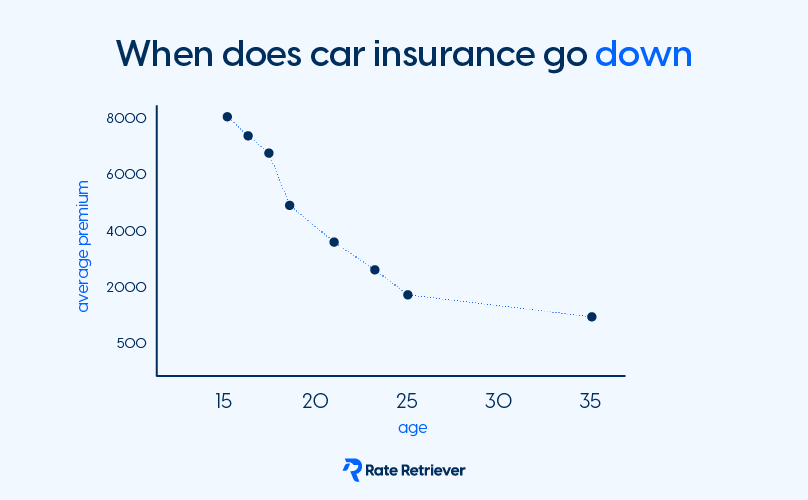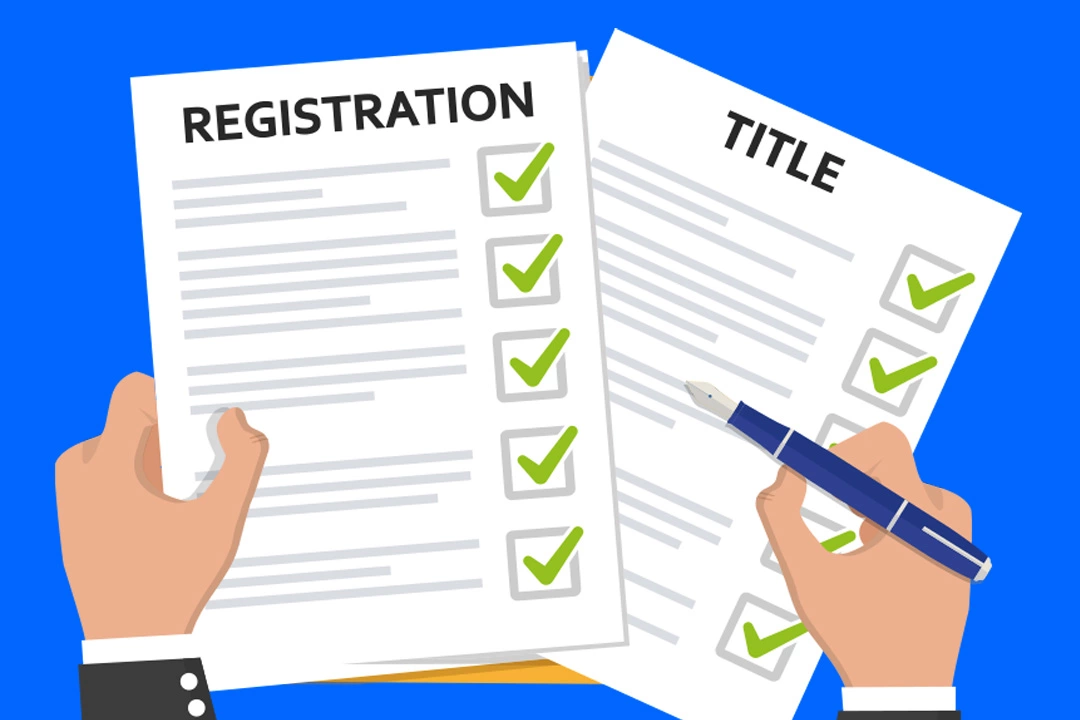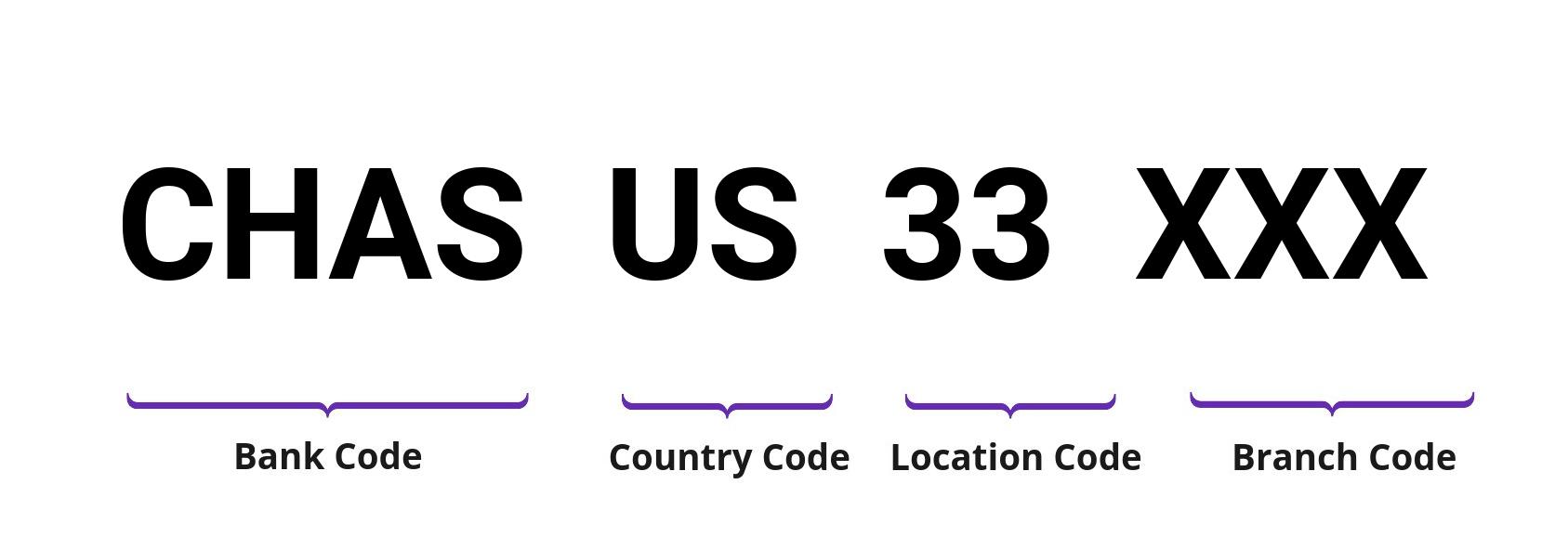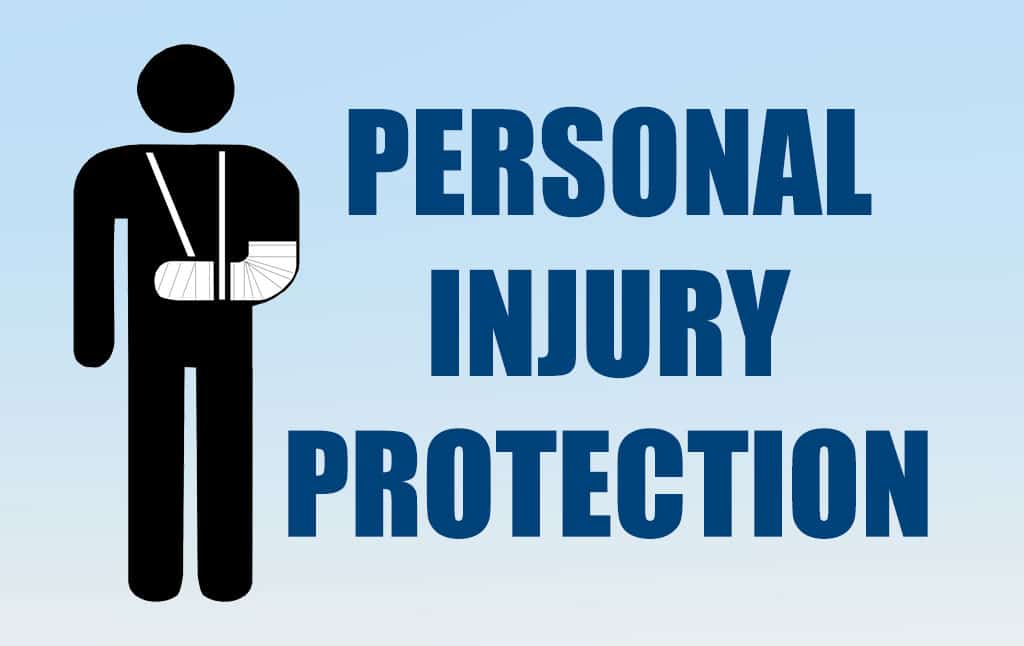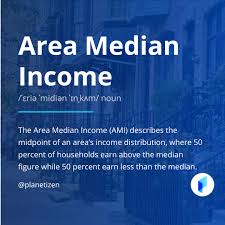Buying a new car can feel exciting — but also overwhelming if you’re not prepared. Between researching models, visiting dealerships, and figuring out your budget, it’s easy to get lost in the process. The good news? With a little planning, you can make car shopping not only stress-free but also fun.
In this guide, we’ll walk through everything you need to know about how to buy a new car — from research and test drives to negotiations and paperwork.
Why Buying a New Car Can Be Worth It
When deciding between a new or used car, it helps to know the benefits of going new:
- Peace of mind: Since the car hasn’t been driven beyond transport and test drives, you don’t need to worry about hidden wear-and-tear issues.
- Latest features: From advanced driver-assist technology to the best fuel efficiency, new models come loaded with modern safety and comfort perks.
- Customization options: If you don’t see the exact color or trim you want, most dealerships can order it.
- Warranty protection: New cars often come with manufacturer warranties (usually 3 years or 36,000 miles), giving you coverage for unexpected repairs.
Step 1: Do Your Research Before You Step Foot in a Dealership
Walking into a dealership without doing your homework is like going grocery shopping hungry — you’ll end up with things you don’t need.
- Research makes and models: Sites like Kelley Blue Book and Edmunds are excellent for comparing vehicles, reviews, and features.
- Check reliability: Consumer Reports and J.D. Power provide data-driven insights on reliability and customer satisfaction.
- Know the MSRP and invoice price: The MSRP (Manufacturer’s Suggested Retail Price) is the “sticker price,” but the invoice price (what the dealer paid) is your real negotiation starting point.
Step 2: Set Your Budget and Get Pre-Approved
Money talks, and knowing your budget before shopping helps you avoid falling for a car that’s out of reach.
- Set a max budget: Factor in not just the monthly car payment, but also insurance, taxes, fuel, and maintenance.
- Get pre-approved: A car loan pre-approval from your bank or credit union gives you a clear idea of what you can afford. It also makes you a stronger negotiator at the dealership.
Step 3: Shop at the Right Time
Timing can save you thousands.
- End of the month or year: Salespeople often have quotas, making them more likely to cut deals.
- Holiday weekends: Memorial Day, Labor Day, and year-end clearance sales are prime times for discounts.
- Model year changeovers: When new models hit the lot, last year’s inventory usually gets marked down.
Step 4: Visit Multiple Dealerships (Or Shop Online)
Don’t commit to the first dealership you walk into. Prices, inventory, and negotiation styles vary.
- Visit at least two to three dealerships.
- Compare online shopping platforms like Cars.com or Autotrader.
- Ask about trade-in options if you’re selling your old car. Sometimes you’ll get more by selling privately, but trading in is convenient.
Step 5: Test Drive Multiple Cars
Test driving is about more than just checking if the car starts.
- Pay attention to comfort, visibility, handling, and noise.
- Try different trims — sometimes a small upgrade makes a big difference in features.
- Don’t rush: drive both city streets and highways for a realistic feel.
Step 6: Prepare to Negotiate
Negotiation can feel intimidating, but remember: you’re the customer, and you have the power to walk away.
- Know the fair price: Use resources like TrueCar to see what others are paying for the same car.
- Ask for an itemized breakdown: This ensures you’re not being overcharged on hidden fees.
- Don’t rush: If the salesperson pressures you, it’s okay to say no and leave.
Step 7: Consider Dealer Add-Ons Carefully
After agreeing on a price, dealers often try to upsell extras like extended warranties, paint protection, or gap insurance.
- Don’t feel pressured to decide on the spot.
- Compare prices with your insurance company or independent providers — you can often get coverage for less.
Step 8: Finalize the Purchase and Handle Your Current Car
If you’re trading in your old car, make sure you know its value beforehand. Kelley Blue Book’s trade-in tool can give you an estimate.
Once you’ve agreed on terms and signed the paperwork, you’ll need to:
- Register your new car at the DMV.
- Update or purchase auto insurance. Most insurers allow a short grace period, but don’t wait too long.
How Long Does It Take to Buy a New Car?
It depends. If you’ve done your research and know what you want, you might drive off the lot the same day. But if you’re ordering a specific model or waiting for delivery, it could take weeks (and months for imports).
The key? Don’t rush. A car is a big purchase, and the right one is worth waiting for.
Final Thoughts
Learning how to buy a new car doesn’t have to be complicated. By doing your research, setting a budget, shopping smart, and negotiating confidently, you’ll set yourself up for a smooth buying experience — and a car you’ll love for years.
Ready to start shopping? Begin with research tools like Kelley Blue Book and Edmunds to narrow down your choices today.








